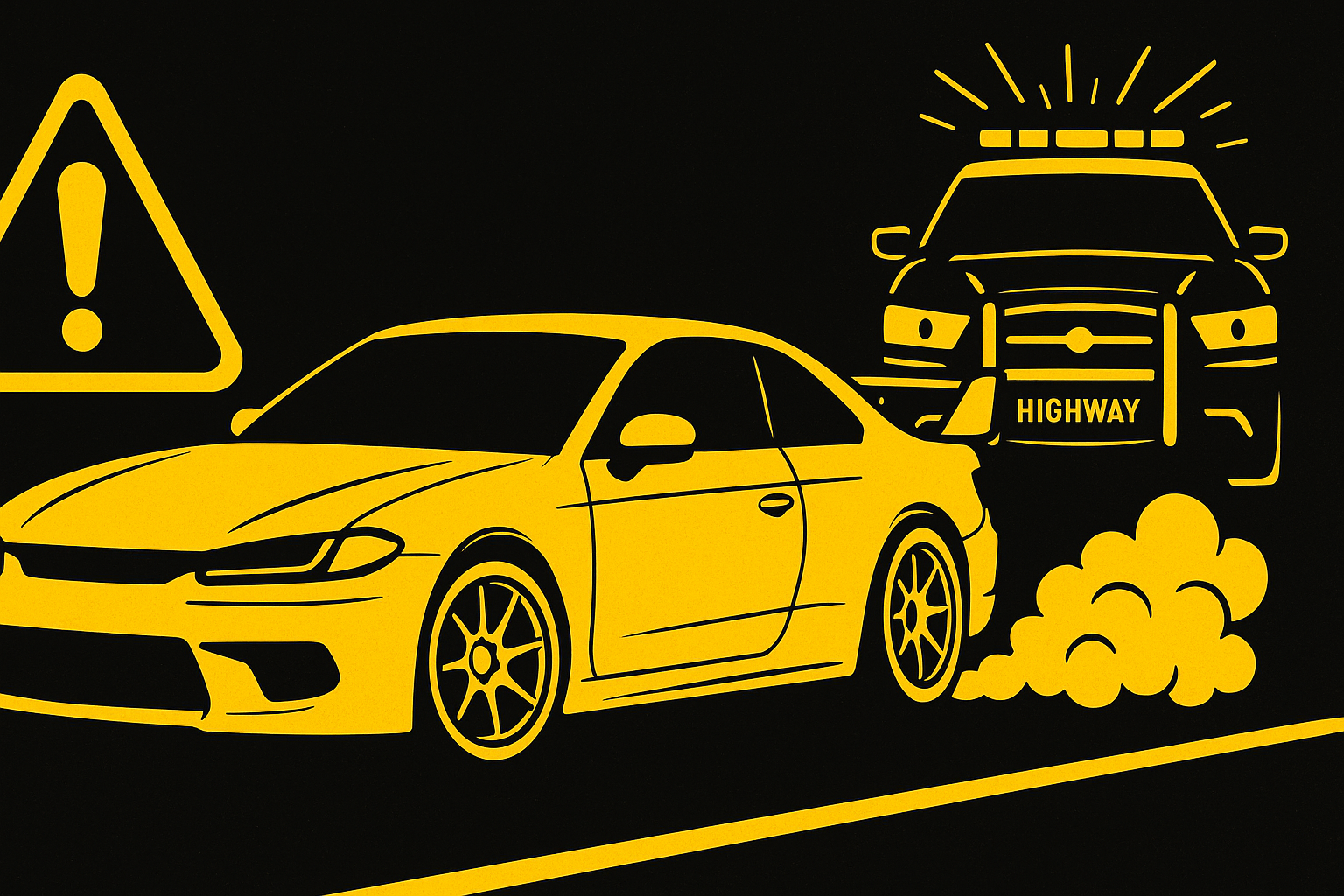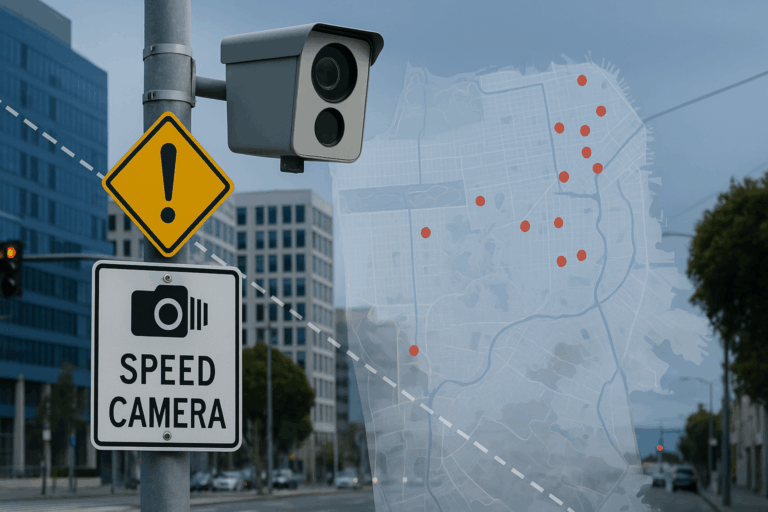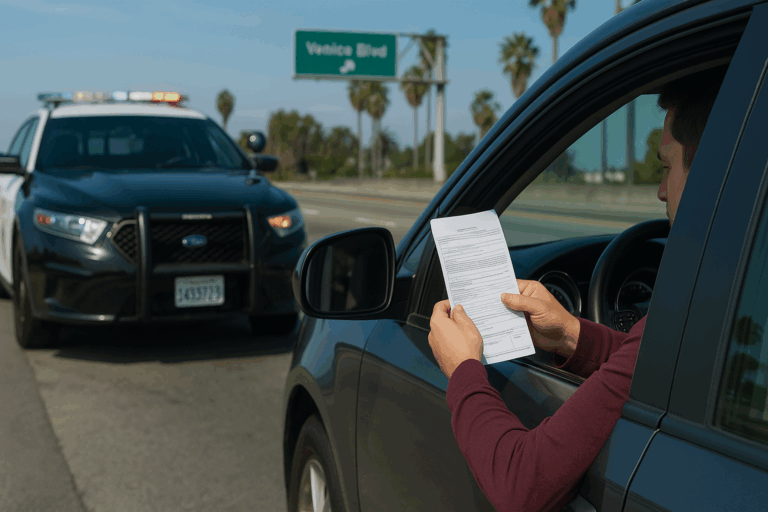As motorcyclists travel across the country, they need to know is lane splitting legal?It is in Europe and Asia, but there is no federal law governing the practice in the United States. Each state can decide on its own whether or not to allow motorcyclists to split lanes. Currently only one state in the US allows lane splitting. Utah, Oregon, Maryland, and Connecticut are considering lane sharing laws in their state legislatures, but none of these laws are on the books yet.
As of August 19th, 2016, lane splitting is officially legal in California. Lane splitting, also known as lane sharing, refers to the practice of a motorcyclist riding between lanes of traffic that is either stopped or moving slowly.
A new bill signed by Governor Jerry Brown officially recognizes lane splitting as a legal act and authorizes California Highway Patrol to develop lane splitting safety guidelines for motorcyclists and motorists.
Studies have shown that lane splitting is actually a safe way to drive and can reduce traffic and road accidents when done correctly. That is the caveat. Motorcyclists who lane split at high speeds and in unsafe conditions are in greater danger. It’s important that all who use the road know and understand the safe implementation of sharing lanes.
California Assembly Bill 51 clears up the gray area around lane splitting. While the practice was not explicitly illegal before, there was much uncertainty over whether the California Highway Patrol and the Department of Motor Vehicles had proper authority to publish lane splitting safety guidelines. That uncertainty is now gone.
California Assembly Bill 51 (AB 51) states (in relevant part):
(b) The California Department of Highway Patrol may develop educational guidelines relating to lane splitting in a manner that would ensure the safety of the motorcyclist and the drivers and passengers of the surrounding vehicles.
(c) In developing the guidelines pursuant to this section, the department shall consult with agencies and organizations with an interest in road safety and motorcycle behavior, including, but not limited to, all of the following:
(1) The Department of Motor Vehicles
(2) The Department of Transportation
(3) The Office of Traffic Safety
(4) A motorcycle organization focused on motorcyclist safety.
Where is lane splitting legal? Even though lane splitting is legal in California, the law does have a few restrictions. Riding on the shoulder of a road or freeway is illegal. It is not considered lane splitting. Don’t share lanes next to large vehicles such as semi-trucks or motorhomes. Also, don’t split lanes if the condition of the road makes it dangerous. Take into consideration the width of the lanes, the weather, and the lighting conditions.
Although new guidelines will now be developed pursuant to AB 51, we expect they will be generally similar to the previous lane splitting safety guidelines published by California Highway Patrol (but objected to by a private citizen who questioned CHP’s authority to do so).
When well-meaning motorists in California ask, “Can motorcycles drive between lanes?” the answer is a resounding, “Yes!” It’s important for motorists to understand that this practice is legal. A lot of unnecessary road rage arises from this confusion. Vehicle drivers need to give motorcyclists ample room to pass if they see a rider moving to lane split. Below are a few main points from those previous guidelines:
Guidelines for motorcyclists:
- Travel at a speed that is no more than 10 MPH faster than other traffic – danger increases at higher speed differentials.
- It is not advisable to lane split when traffic flow is at 30 mph or faster – danger increases as overall speed increases.
- Avoid splitting in lanes near freeway on-ramps and exits.
Guidelines for motorists:
- Motorists should not take it upon themselves to discourage motorcyclists from lane splitting.
- Intentionally blocking or impeding a motorcyclist in a way that could cause harm to the rider is illegal.
- Opening a vehicle door to impede a motorcycle is illegal.
It is unknown when the new guidelines will be released. But you can learn more about the process and the final guidelines when they come out at the California Highway Patrol website or LaneSplittingIsLegal.com.
California motorcyclists must be aware that when they leave their state, lane splitting may either be grudgingly tolerated or outright illegal. Always follow the laws for the state in which you are riding and know your road.
Sources: http://lanesplittingislegal.com/



